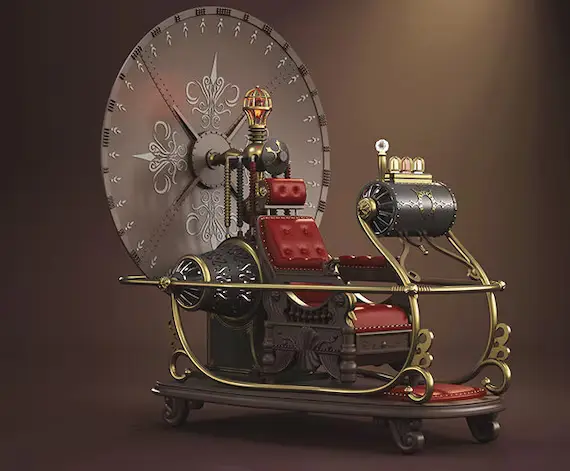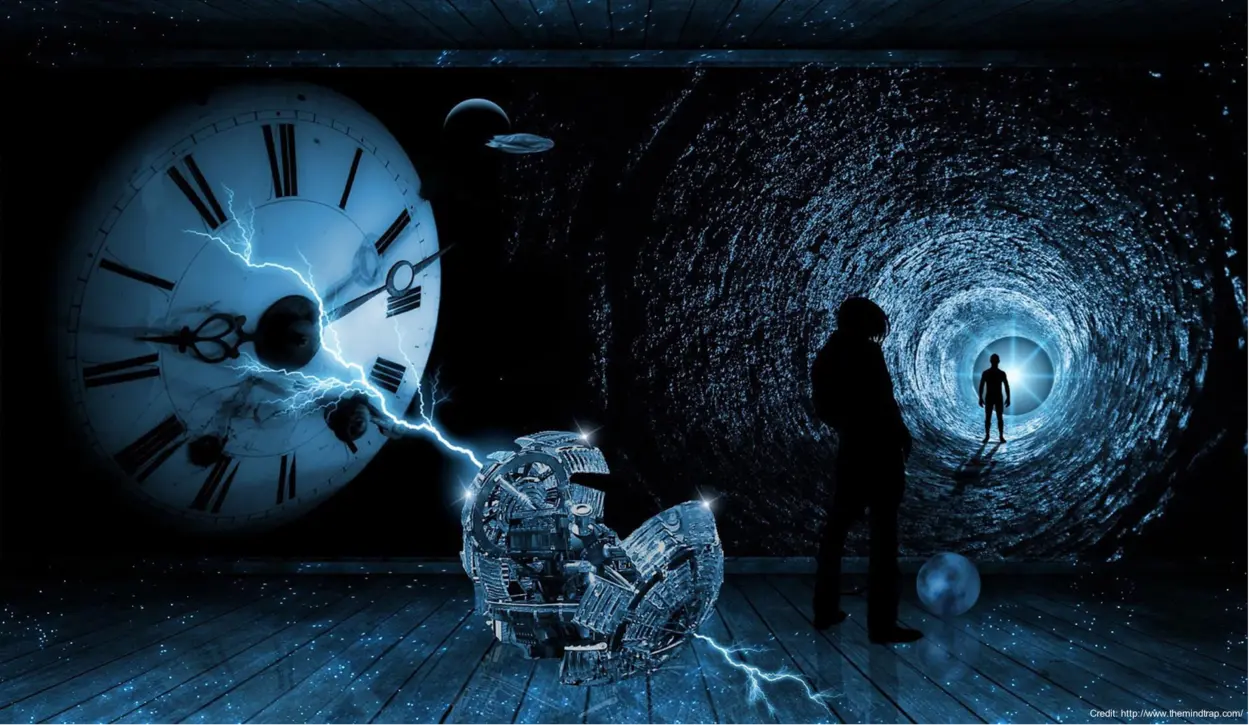
Can We Make a Time Machine? The Possibility and Feasibility
The time machine has been the focal point of human imagination for many centuries—especially in science fiction stories, movies, and theoretical physics. The possibility of a time-traveling adventure seemed, at one point, tantalizingly and bewilderingly close—either being eye-witnessed to history or a quick peek at things that could possibly happen in the future. But can a real-life time machine be built? The following article discusses scientific theories, technological challenges, and some philosophical queries on how to create a time machine.
Understand Time Travel
- Basics of Time Travel:
Time travel means movement around through time, as one does through space, from one point to another. Stated more simply, it is the movement backward or forward in time, beyond that which occurs in the course of hours and days. Time travel, although a science fiction concept, has theoretical underpinnings rooted back to physics, particularly under Einstein’s theories of relativity. - The Theory of Relativity by Einstein:
Einstein’s theories of relativity utterly changed our views on space and time. In regards to the Special Theory of Relativity in 1905, time is relative and can seem different for various observers with different speeds. That means if one has a mode of travel that would travel one faster than light, theoretically, it is possible to move into the future. However, this kind of time travel is only forward and requires a huge amount of energy.
General Theory of Relativity:
Einstein’s General Theory of Relativity of 1915 elaborated these ideas into the generally held perceptions about the nature of time. Here, gravity is treated as curvature of space-time caused by mass. It also brings in concepts of wormholes and closed timelike curves that may perhaps make time travel possible. Wormholes are the theoretical spacetime tunnels connecting very distant points in time and space; therefore, they may connote a means to traveling through time. A closed timelike curve is a path in spacetime along which an object can travel in such a way that any object following it would end up back in some previous moment of time; therefore, they represent a trajectory for time travel.
Mathematical Models of Time Machines
1. Wormholes
Wormholes are one of the greatest concept that emerged from the solution to Einstein field equations in General Relativity. It permits theoretically “a shortcut through spacetime”. If a wormhole can be stabilized and traversed then it may connect different points in time in addition to space. However the practical challenges in creating or finding a stable wormhole are vast. The exotic matter with negative energy density that would be needed to keep a hypothetical wormhole open has not been observed, although based on theoretical models, it would be expected.
- The Tipler Cylinder:
Another theoretical model is the Tipler cylinder, a rotating infinite-length cylinder proposed by physicist Frank J. Tipler. In such a model, a cylinder rotating at close to the speed of light may create a frame-dragging effect in the vat amenable to time travel. However, this structure is way beyond our technological capability to produce, and the idea requires conditions that are not feasible with known materials and energy sources. - The Kerr Black Hole:
The Kerr black hole is another solution of the Einstein field and corresponds to a rotating black hole solution of the Einstein equation. The theory goes on to propose that the ergosphere of a Kerr black hole constitutes a “Frame-Dragging” tunnel allowing travel into the past or future. But the practical application of these for times travel, by this route of the black hole, is yet to be tested, has a lot of risks, and any material to approach black hole will be destroyed.
Challenges and Paradoxes
- Energy Requirements:
It’s just the energy needed to shift spacetime in order to make time travel possible. For example, if traveling at the speed of light, well, the amount of energy needed is gargantuan and way beyond capabilities as of the moment. In fact, even the energy expenditure required to form and stabilize a wormhole or, for that matter, a Tipler cylinder, would require types of energy or matter of the most exotic sorts that have never yet been found. - Causality and Paradoxes
The pastward time travel opens up the logical and philosophical issues, among which paradoxes take front stage. The most famous one is the grandfather paradox, where a time traveler could negate his own existence by changing events in the past. Such paradoxes further trade on conceptions of causality and on the consistency of time. - Theoretical Constraints
Many of the theories and models, if not all, of time travel rely on speculative examples of physics and conditions that will possibly never be realizable. For example, the mere existence of exotic matter or the stability of wormholes is purely theoretical, valid, and unexplored by experiment.
Practical Considerations: Current and Research
- Experimental Physics:
Although a time machine is out of question, since we are just toying with the idea, experiments to check the fundamentals of relativity and quantum mechanics are getting researched fast by physicists. Scenarios that can provide answers to the nature of spacetime and time travel include research in high-energy particle collisions, gravitational waves, and quantum entanglement. - Advances in Technology:
Technological advances in areas such as quantum computing and high-energy physics could potentially open up new avenues for understanding time and space. On the other hand, to construct a time machine to any practical degree, a scientific leap of understanding would need to be well beyond anything currently within our technological grasp. - Philosophical and Ethical Questions:
Philosophical and even ethical problems underlie the possibility of time travel. For example, would it have any implications for free will, destiny, or historical responsibility if time travel were possible? How would society regulate or even control the use of time travel to prevent abuse or unintended consequences?
Conclusion
As interesting and firmly rooted in imaginative science as a time machine may be, there are a great many scientific, technological, and philosophical objections to its possibility. As interesting and firmly grounded in imaginative science, a time machine may be. Even though most modern physical theories have as a consequence the possibility of time travel under certain conditions, the practical construction of a time machine involves many speculations and is, besides, out of reach of current possibilities. As the understanding of the universe changes in time, certainly, future discoveries in the realms of physics and technology will answer many more interesting questions regarding time travel. Until then, the time machine is a provocative look at the limits of human knowledge and the secrets.

